The sulfur it is among the most used fungicides in organic farming, as permitted by EU regulations. It is a product of classic use that all farmers know, and until a few decades ago it was found exclusively in powder formulations. More recently, however, based products have been introduced wettable sulfureasier to use even by beginners.
But how does sulfur work against fungal diseases of plants?
On which crops is it applicable?
What are the differences between the powder product and the wettable one?
We try to answer these questions.
The anticryptogamic action of sulphur
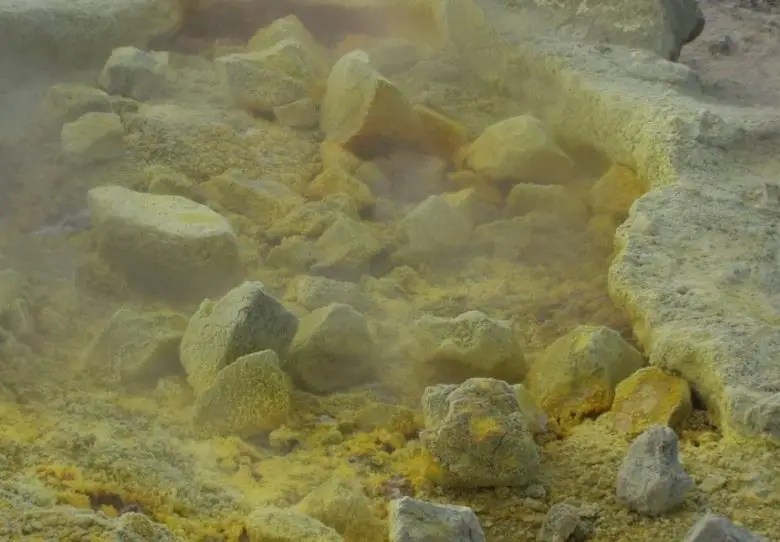
Sulfur is considered a non-systemic fungicide with mainly direct and contact action on pathogens. The anticryptogamic effect is carried out in the vapor state by its degradation product, ie hydrogen sulphide.
It acts on several levels and is able to interfere with the vital processes of the fungal cell. It inhibits the respiration of the fungus, degrades the functionality of the proteins, compromises the biochemical processes through the chelation of metals which are important for the enzymatic functions.
In other words, when the chemical element reaches the mycelium and the spores of the fungus, it manages to penetrate the cells by breaking the membrane and causing their death by dehydration.
Conditions for sulfur to be effective
The anticryptogamic efficacy of sulfur is related to various environmental and non-environmental factors. These are, first and foremost, the fineness of the particles, temperature levels and relative humidity.
The temperature must be high enough to allow sublimation, which begins at about 12°C and progressively increases up to 38-40°C. Not all sulphurous-based formulations are able to be active at low temperatures, for the less refined ones with larger particles temperatures from 18-20 °C upwards are required. The air humidity should not be too high, in fact the effectiveness of the product is inversely proportional to the relative humidity values.
The phytotoxicity of sulfur
The conditions of effectiveness of sulfur-based products are also limited, due to the possibility of the onset of phytotoxic phenomena, such as burning of the leaves.
Too high temperatures are in fact a risk factor, as well as the refinement of the refinement. In general, powdered sulfur is more aggressive towards plant vegetation, especially if the powder is too coarse.
To avoid risks, it is always advisable to administer the sulphurous product in the coolest hours of the day, especially in spring and summer treatments.
Diseases against which sulfur is effective
Traditionally, sulfur is used in agriculture against different forms of powdery mildew such as thegrapevine powdery mildewL’powdery mildew of cucurbitsL’rose powdery mildewL’sage powdery mildew etc.
It also has excellent efficacy against scab on fruit trees, forms of rust on crops and stone fruit monilia (Cherry tree, apricot, peach, almond, plum).
Against diseases such as late blight of tomato it is preferred the use of coppereven if sulphurous-based products can be a valid alternative to avoid repeated treatments always with the same active ingredient.
Other uses in agriculture
Sulfur is also an effective pesticide, but only against some insects. The parasites against which it can be used are the red spider mitethe eriophyds (such as that of the pear tree, of the tomato, of the vine), the whitefly.
The powdered element is also used in agriculture as a corrective of the soils with excessively basic pH.
Powdered sulfur
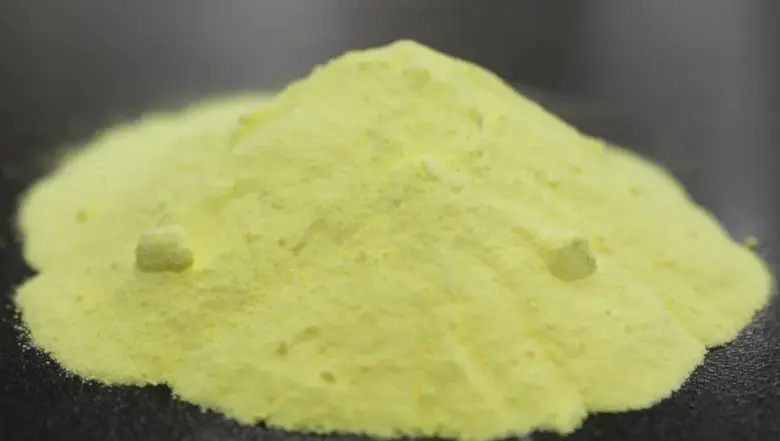
As mentioned, sulfur-based products are divided into two large groups: the powdered sulfur and wet ones. Those in powder form are obtained following industrial processes and have different characteristics. They are mainly used against grapevine and cucurbit powdery mildew. We can have three different types:
- raw powder, composed of finely ground raw material;
- sublimed, obtained from the condensation of sulfur vapors;
- ventilated, the most used in agriculture and produced by the milling and ventilation of sublimed sulfur.
Wettable sulfur
Wettable sulfurs are made with smaller particles than powdered ones, for this reason they have a greater promptness of action, but less persistence on vegetation.
Also the wettable one, as well as the powder one, is divided into three types of products (that you can find on the market in specialized shops):
- common wettable. It is composed of ventilated sulfur with the addition of wetting agents;
- micronized wettable. Obtained by grinding the sublimate or ventilated with specific micronizers to obtain very fine particles;
- colloidal wettable. Produced with a chemical process aimed at obtaining the element in the colloidal state with very fine particles.
Practical advice for use
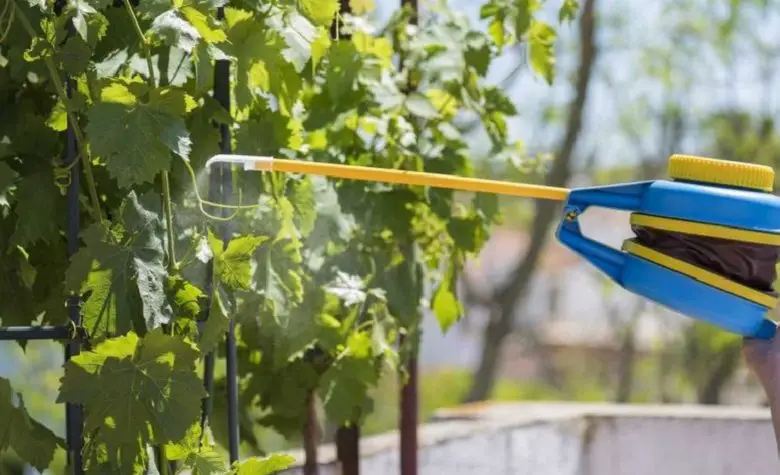
First, avoid mixing sulfur with other fungicide products, such as Bordeaux mixtureor with antiparasitic function, such as Marseille soapthe white oils, theneem oilThe bacillus thuringiensis etc. The risk is that of losing the effectiveness of both or of triggering phytotoxic phenomena.
It is an excellent product for stopping the development of the disease, so don’t wait for the infection to spread to all the vegetation, but intervene at the first signs of the problem, for example the typical white spots of powdery mildew.
The formulations of the sulphurous-based treatments are very different from each other (the products there found in specialized shops). Therefore, as far as dosages and waiting times are concerned, follow the instructions on the label.
For administration, ancillary equipment should be used, such as sulfur machines (like these) for the powder one, or the shoulder pumps for the wettable one. There is a large selection of such gear on sale.
Also remember to protect yourself with the appropriate personal protective equipment (PPE). Inhaling this element is in fact very irritating and can cause breathing problems.
Finally, although the treatments can be repeated several times during the season and on the same crop, we advise you to alternate the sulfur with other organic fungicide products, such as: sodium bicarbonate And of potassium, ampelomyces quisqualis, zeolite, bacillus subtilis, natural macerates (garlic, horsetail etc).

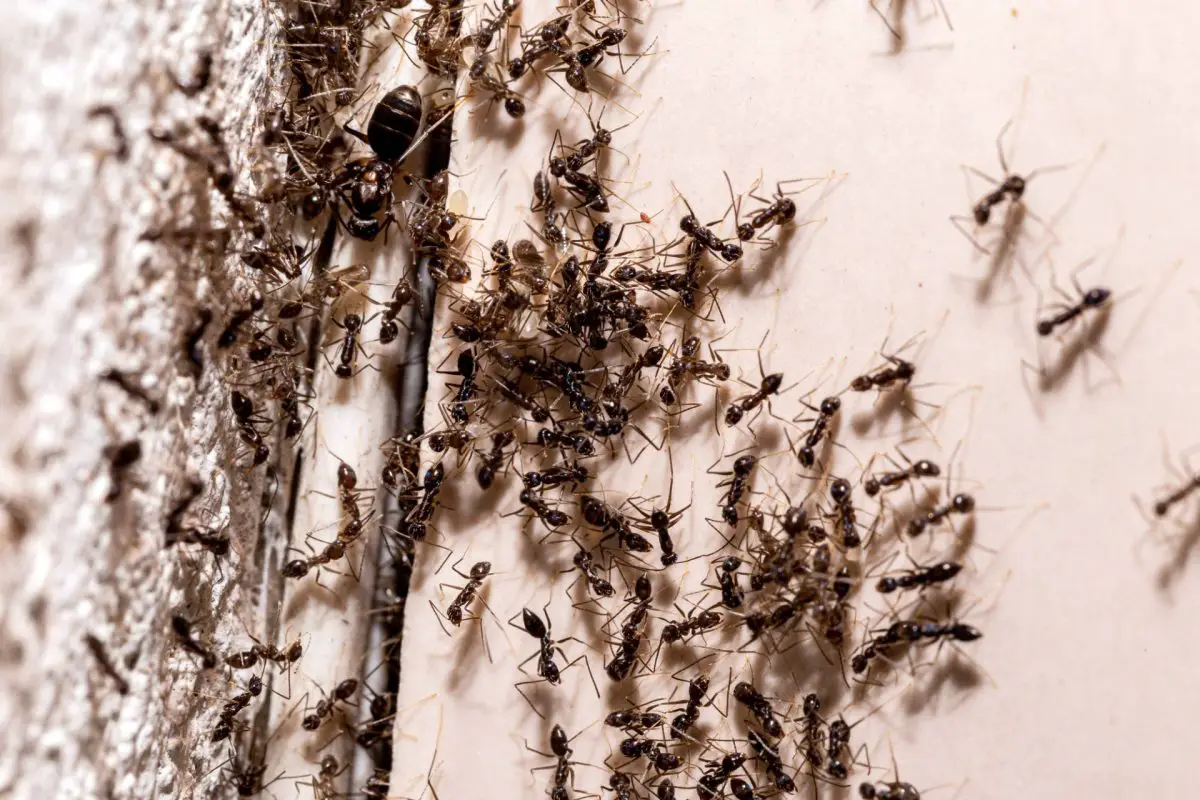
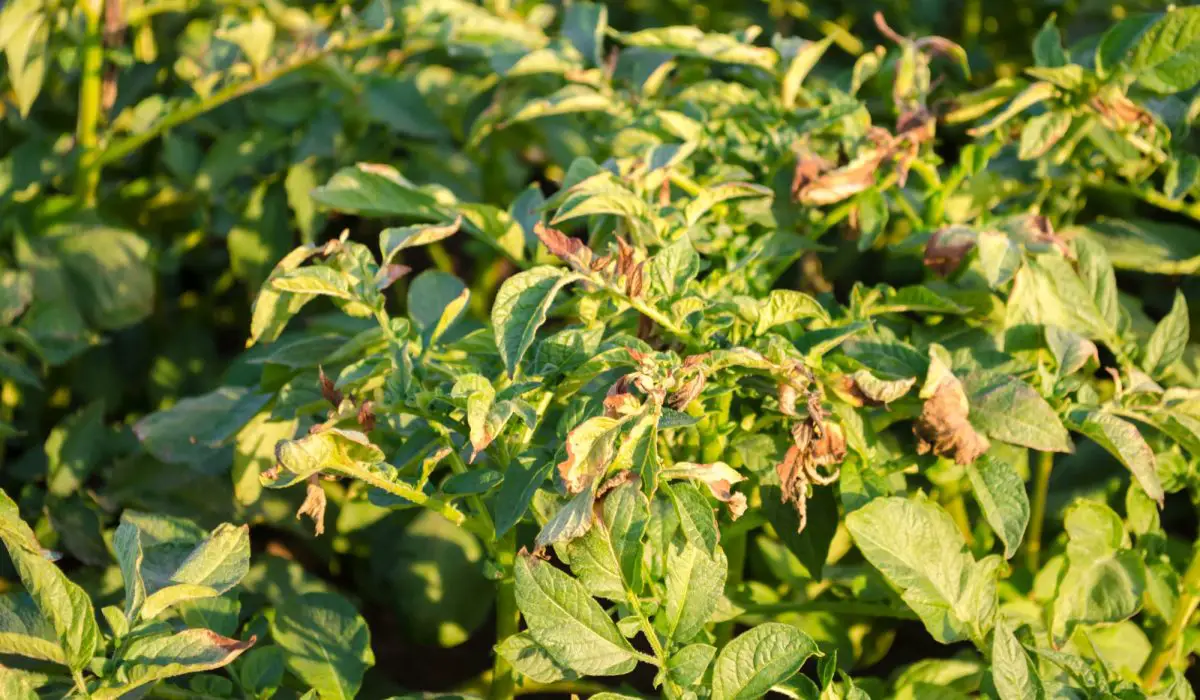
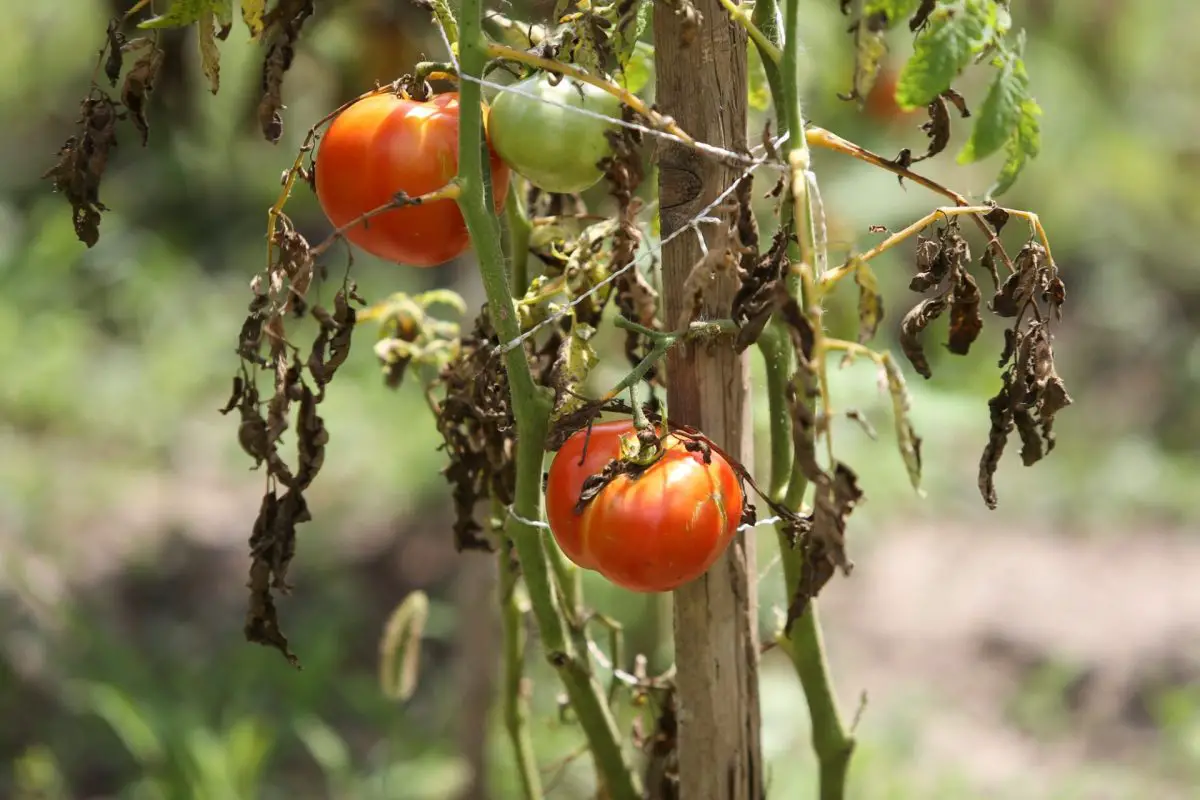
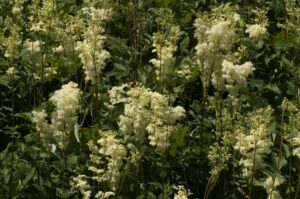
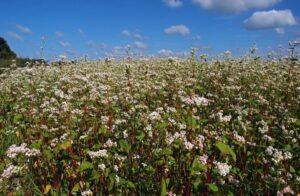
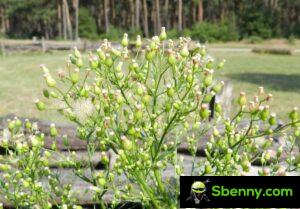
Start a new Thread